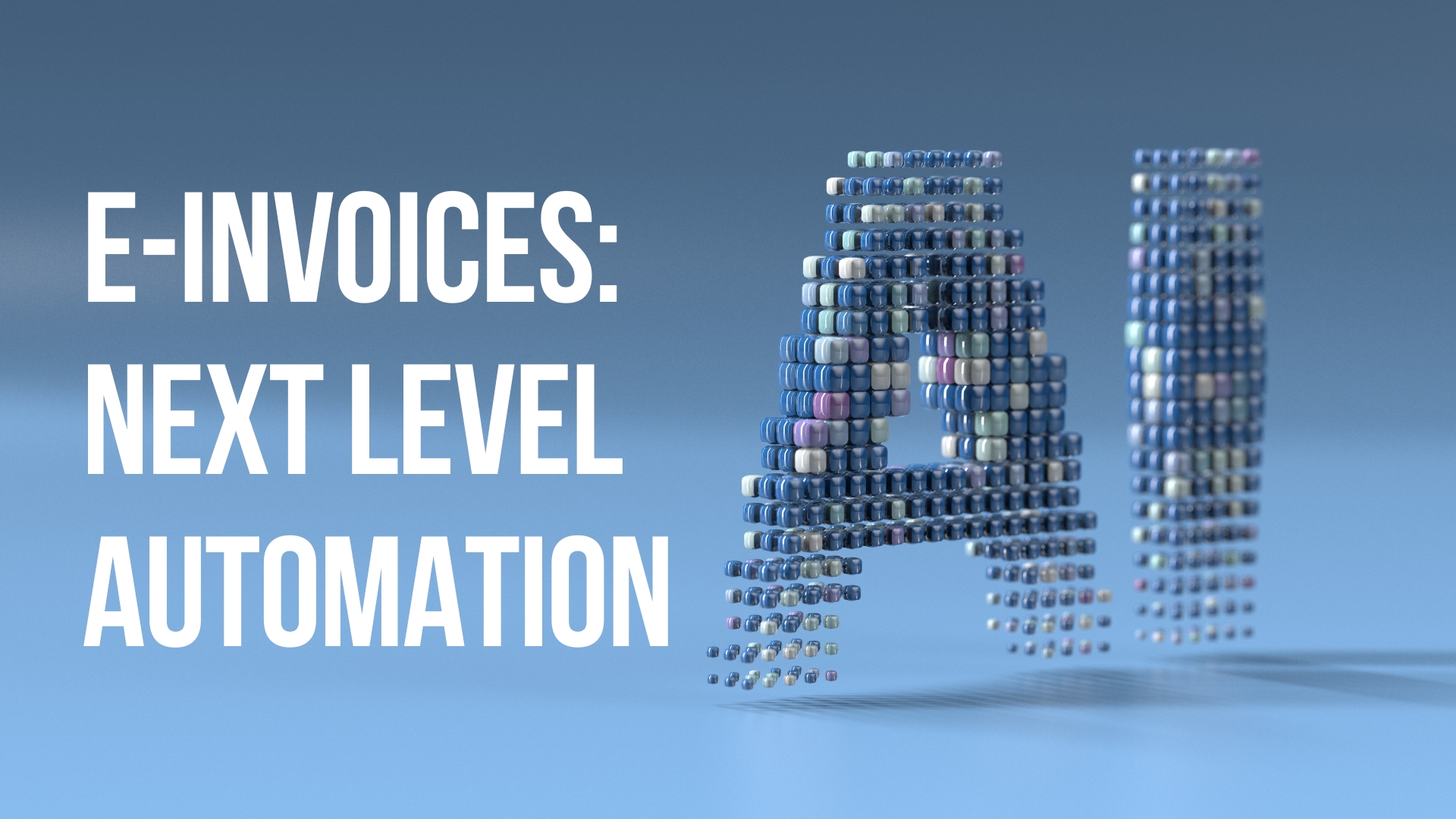What are bottlenecks?
When the demand for a product exceeds a company’s manufacturing capability, bottlenecks in the invoice workflow emerge. As a result, the company may experience delays or be unable to fulfill market demand, resulting in losing customers and earnings. In addition, being unable to respond to customer requests damages brand image and confidence. With this in mind, inefficiencies in accounts payable stifle business growth. Consider the impact of short-term obstacles, such as a backlog caused by an employee on leave. Then look at long-term bottlenecks, such as delayed reporting caused by time-consuming tasks that cause critical end-of-month reports to be delayed.Common invoice workflow bottlenecks
Errors due to manual entry, late approvals, and missing documents are prevalent concerns during billing, resulting in inconvenient bottlenecks. The following are some more common invoice workflow bottlenecks:- Invoices in unreadable formats
- Invoices that need additional info for statutory compliance
- Missing payee tax ID info & Invoices received in multiple currencies




